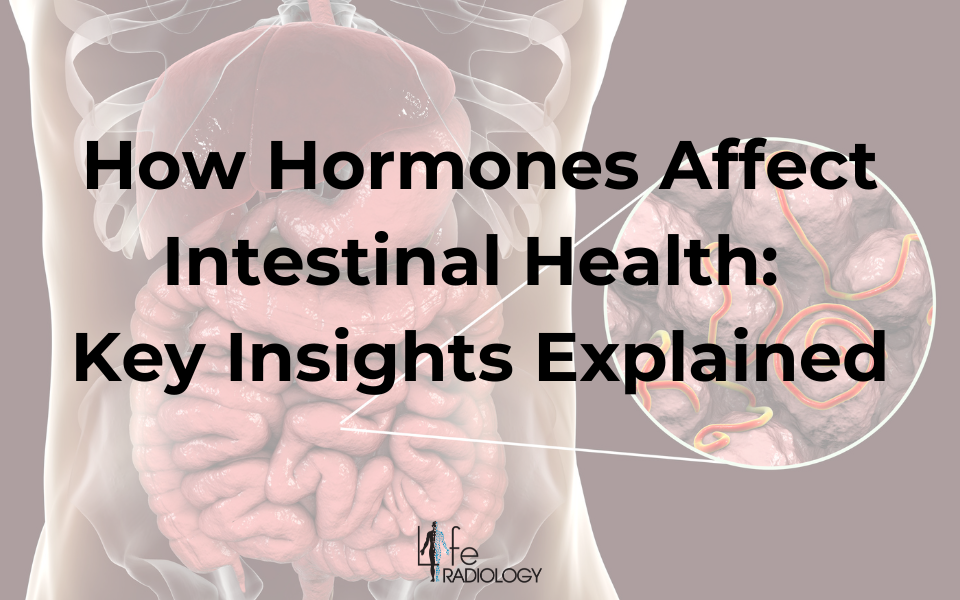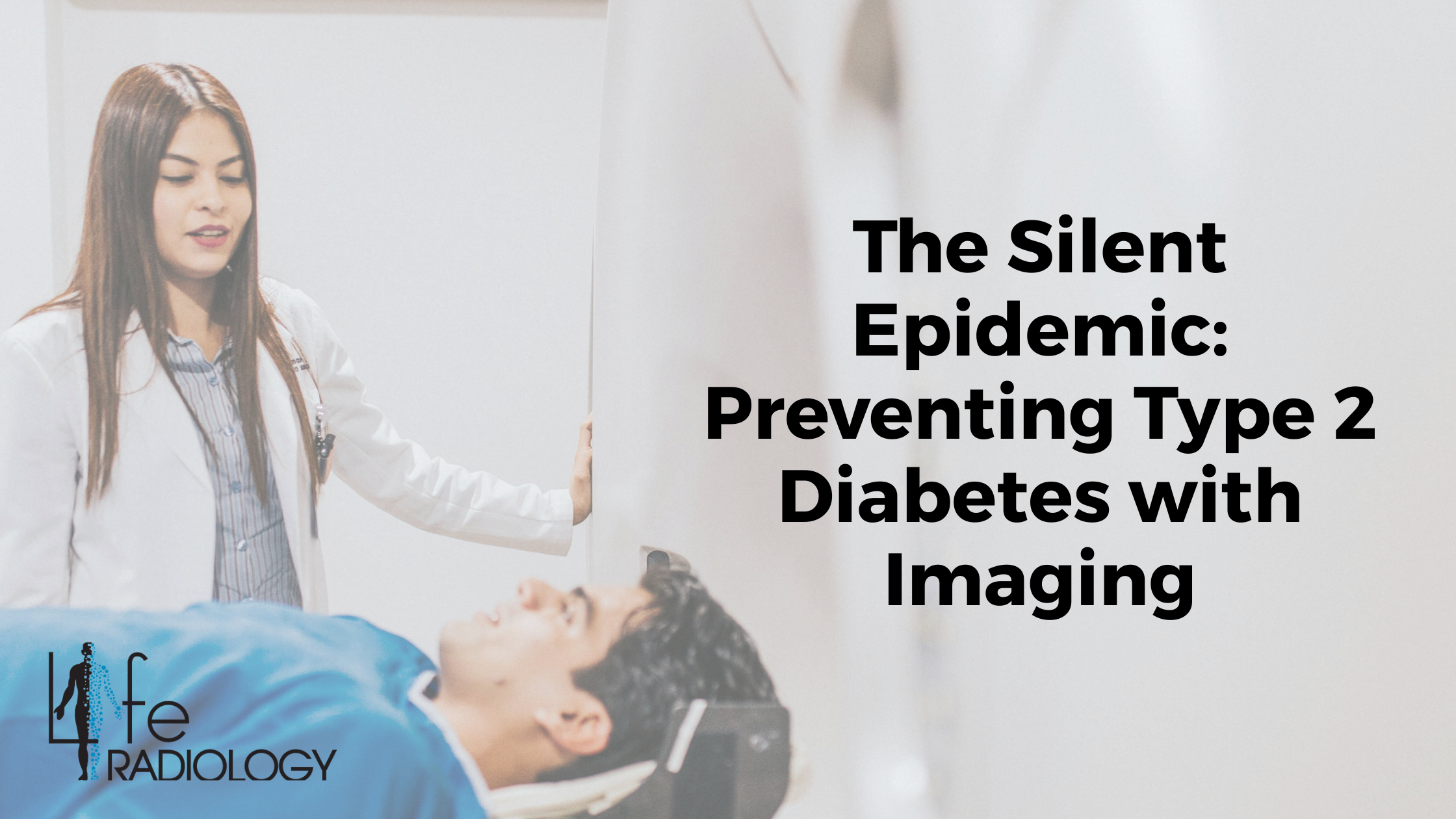How Hormones Affect Intestinal Health: Key Insights Explained
The human intestine, a fascinating organ often called the body's second brain,' stretches over 25 feet and is home to 100 trillion microorganisms. This living ecosystem absorbs nutrients, regulates water, and eliminates waste. Still, it is a central hub for immune defense and hormonal communication, making it a remarkable body part.
Did you know that the surface area of the small intestine, when fully extended, rivals that of a tennis court? This expansive surface is lined with specialized structures called villi and microvilli, enhancing its ability to extract nutrients efficiently from our diet. Additionally, the intestine houses gut-associated lymphoid tissue, including Peyer's patches and various immune cells, constituting nearly 70% of the body's immune system and acting as a frontline defense against pathogens.
One of the most intriguing aspects of the intestine is its role in hormone production. With more than 20 hormones being produced and released within its walls, the intestine orchestrates a complex symphony that regulates digestion, appetite, and metabolism. These hormones, such as ghrelin and glucagon-like peptide-1 (GLP-1), significantly impact our dietary habits and metabolic functions, showcasing the intricate nature of the intestine.
Despite its vital role, the complexity of the intestine often goes unnoticed until disruptions occur. Gastrointestinal disorders, from everyday issues like irritable bowel syndrome (IBS) to more severe conditions such as Crohn's disease and ulcerative colitis, affect millions worldwide. These conditions can significantly reduce quality of life and burden healthcare systems, highlighting the importance of understanding and maintaining intestinal health.
In this article, we delve into the intricacies of intestinal function, shedding light on the remarkable interplay of hormonal regulation and its profound implications for gastrointestinal health. Through exploration and understanding, we seek to unravel the mysteries of the intestine, equipping readers with insights to navigate the complex realm of digestive wellness.
Intestinal Functions:
|
Nutrient Absorption in the Intestines |
|
Small Intestine |
|
The small intestine is the primary site for nutrient absorption, consisting of three segments: the duodenum, jejunum, and ileum. It is equipped with specialized structures such as villi and microvilli, which increase its surface area for efficient nutrient absorption. |
|
Carbohydrate Absorption |
|
Enzymes secreted by the pancreas and small intestine break down carbohydrates into simple sugars like glucose, which are then absorbed across the intestinal lining into the bloodstream. |
|
Protein Absorption |
|
Proteins are broken down into amino acids by digestive enzymes, facilitating their absorption into intestinal cells. Amino acids are essential for protein synthesis, tissue repair, and various metabolic processes. |
|
Fat Absorption |
|
Bile acids produced by the liver emulsify dietary fats, enabling their breakdown into fatty acids and glycerol. These products are absorbed into intestinal cells, where they are reassembled into triglycerides and packaged into chylomicrons for transport through the lymphatic system. |
|
Vitamin and Mineral Absorption |
|
Micronutrients such as vitamins (e.g., vitamin B12, vitamin D) and minerals (e.g., iron, calcium) are absorbed through specialized transport mechanisms in the small intestine. For instance, vitamin B12 binds to intrinsic factors secreted by gastric parietal cells and is absorbed in the terminal ileum, while iron absorption is regulated by factors such as dietary iron availability and body iron stores. |
|
Hormonal Regulation of Nutrient Absorption |
|
Glucagon-like Peptide-2 (GLP-2) |
|
Produced in the small intestine, GLP-2 stimulates intestinal growth and enhances nutrient absorption by increasing the surface area of intestinal villi. |
|
Insulin |
|
Although primarily known for its role in glucose metabolism, insulin also facilitates nutrient uptake by promoting the cellular uptake of glucose, amino acids, and fatty acids in various tissues, including the intestine. |
|
Ghrelin |
|
Secreted by the stomach, ghrelin stimulates appetite and nutrient absorption by acting on the hypothalamus and promoting the release of growth hormone and other metabolic processes. |
|
Leptin |
|
Produced by adipose tissue, leptin suppresses appetite and regulates energy balance, indirectly influencing nutrient absorption and metabolism. |
|
Implications for Nutritional Health |
|
Malabsorption Syndromes |
|
Conditions such as celiac disease, lactose intolerance, and pancreatic insufficiency can impair nutrient absorption, leading to deficiencies in vitamins, minerals, and macronutrients. |
|
Nutritional Deficiencies |
|
Inadequate absorption of essential nutrients may result in a range of health consequences, including anemia, osteoporosis, neurological disorders, and compromised immune function. |
|
Dietary Strategies |
|
Tailoring dietary intake to optimize nutrient absorption is essential for individuals with gastrointestinal disorders or malabsorption syndromes. This may involve avoiding trigger foods, supplementing with vitamins and minerals, and adopting alternative dietary patterns to meet nutrient requirements. |
Gastrointestinal Disorders:
a. IgA Deficiency: Individuals with IgA deficiency are predisposed to recurrent infections and autoimmune disorders due to impaired mucosal immunity. This deficiency may manifest as gastrointestinal symptoms such as chronic diarrhea, malabsorption, and increased susceptibility to gastrointestinal diseases.
b. Lower Ig Issues: Deficiencies in other immunoglobulins, particularly IgG and IgM, can also affect gastrointestinal health, leading to increased vulnerability to infections and autoimmune conditions.
c. Rare Digestive System Diseases: Conditions such as Crohn's disease, ulcerative colitis, celiac disease, and diverticulitis are examples of rare digestive system diseases that can significantly impair intestinal function and quality of life.
Symptoms of Intestinal Disorders:
a. Chronic Diarrhea: Persistent episodes of loose, watery stools may indicate underlying gastrointestinal disorders such as inflammatory bowel disease (IBD), irritable bowel syndrome (IBS), or infectious enteritis.
b. Abdominal Pain and Cramping: Unexplained abdominal discomfort, bloating, and cramping are common symptoms associated with various intestinal disorders, including Crohn's disease, ulcerative colitis, and diverticulitis.
c. Rectal Bleeding: Blood in the stool or rectal bleeding may signal conditions such as hemorrhoids, colorectal cancer, or inflammatory bowel disease.
d. Unintentional Weight Loss: Significant and unexplained weight loss may occur in individuals with malabsorptive disorders, chronic inflammation of the intestine, or malignancies affecting the gastrointestinal tract.
Diagnostic Methods for Intestinal Health:
a. Colonoscopy: A minimally invasive procedure involving the insertion of a flexible tube with a camera into the rectum and colon to visualize the intestinal lining. Colonoscopy allows for direct visualization of abnormalities, biopsy sampling, and removal of polyps.
b. Stool Tests: Analysis of stool samples for the presence of blood, pathogens, or abnormal levels of fecal markers such as calprotectin can aid in diagnosing gastrointestinal conditions, including infections, inflammatory bowel disease, and colorectal cancer.
c. CT Scans (Computed Tomography): CT imaging provides detailed cross-sectional images of the abdomen and pelvis, allowing for the detection of structural abnormalities, inflammation, tumors, and complications such as bowel obstruction or perforation.
ii. MRIs (Magnetic Resonance Imaging): MRI scans offer high-resolution gastrointestinal tract imaging without ionizing radiation exposure. MRI is beneficial for assessing soft tissue structures, identifying bowel inflammation, and evaluating complications in patients with Crohn's disease or other inflammatory conditions.
Importance of Early Detection and Intervention:






